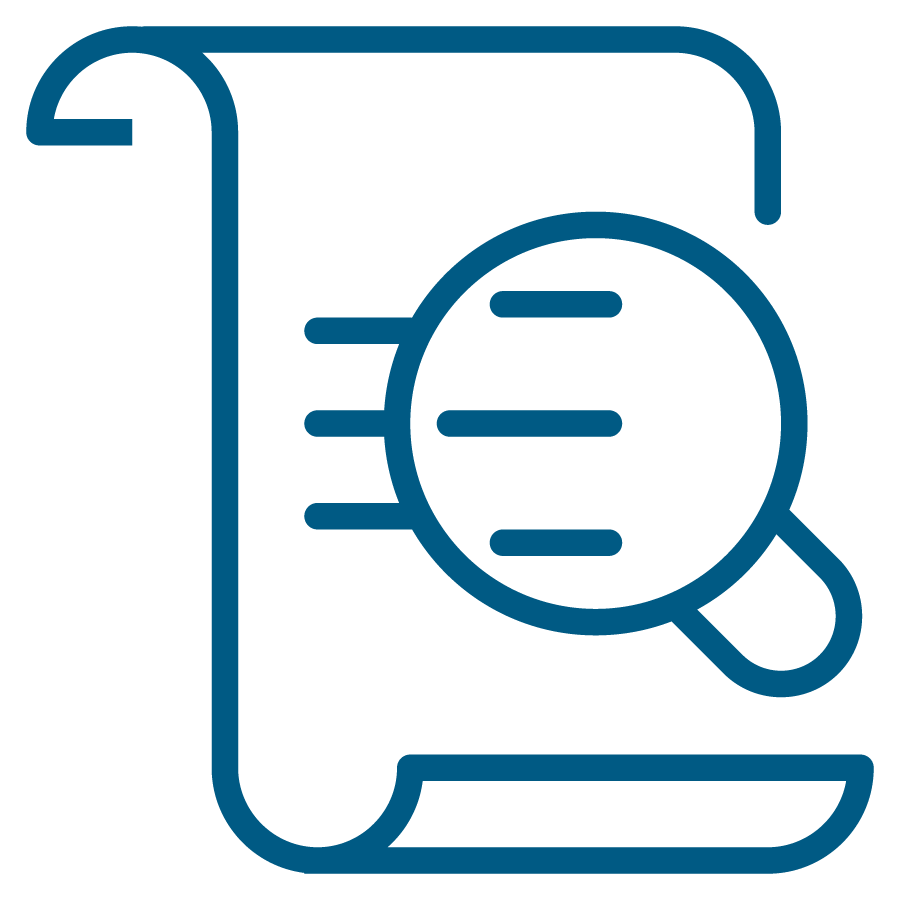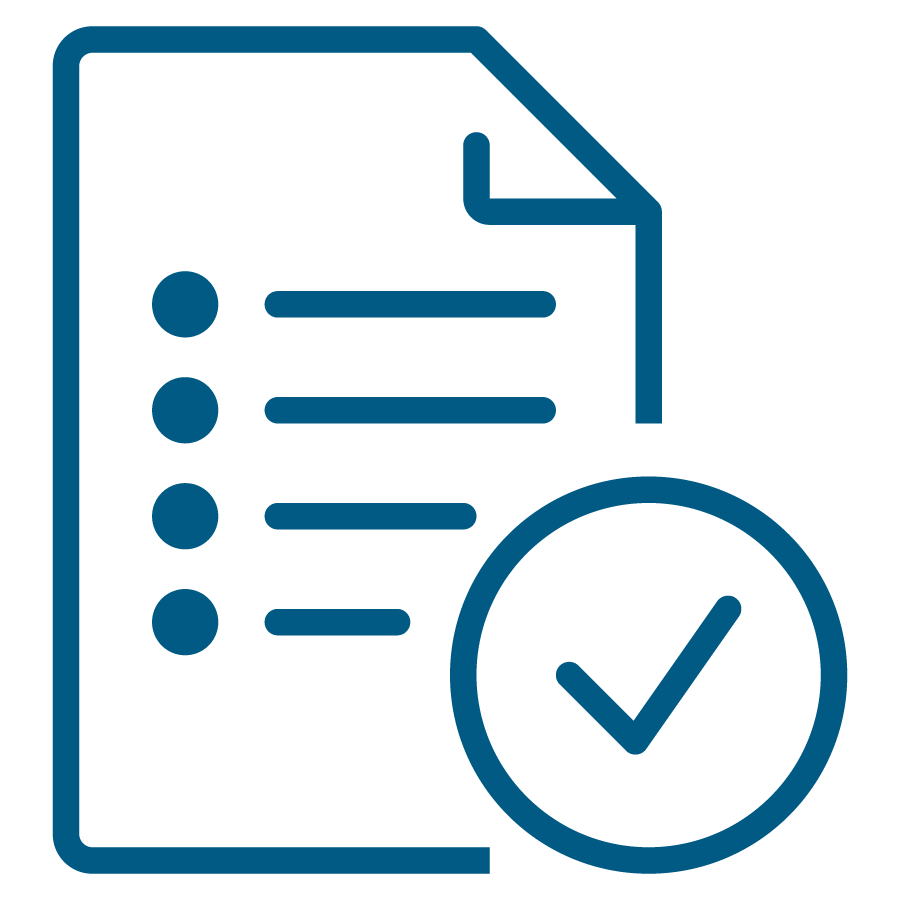Use the Public drinking water source areas (PDWSA) online mapping tool to find out if you are living, working or recreating in a drinking water catchment.
The mapping tool will show you if your home, development, project or activity is in a public drinking water source area. Once you know this, you can help us avoid, minimise or manage water quality and public health contamination risks.
Priority areas
It will also show you the public drinking water source areas within a 5-kilometre radius of your location. It displays the priority areas (P1, P2 and P3) that are defined to guide land use planning.
For more information about priority areas, and for a list of land uses and activities that are appropriate within them:
- Land use compatibility tables for public drinking water source areas
- Recreation within public drinking water source areas on Crown land
Protection zones
The mapping tool displays special areas called protection zones, which protect the immediate area around where drinking water is abstracted. These are called reservoir protection zones (when they surround a dam or reservoir) or wellhead protection zones (when they surround a bore).
We determine the boundaries, priority areas and protection zones for each public drinking water source area in a drinking water source protection report. These reports provide specific information about each public drinking water source area you see on the map. You can find these reports via the ‘search publication’ function on our website.
Protecting drinking water
Protecting drinking water for current and future generations is a shared responsibility. Safe, reliable and good quality drinking water is important for all Western Australians, because it supports our lives, culture, homes, recreation, environment, development, agriculture and mining.
Drinking water for our cities and towns comes from public drinking water source areas. Public drinking water source areas can be surface or groundwater sources. Surface water sources are the catchments that feed dams and reservoirs, and groundwater sources are underground aquifers that feed bores.
For more information, email drinkingwater@dwer.wa.gov.au




